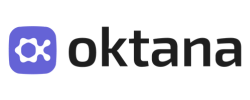Artificial Intelligence (AI) has made tremendous progress in recent years, evolving beyond basic algorithms and analytics to take on autonomous operations. At Oktana, we’ve seen this transformation firsthand as businesses increasingly explore AI’s potential.
According to a recent study, 40% of companies in the US now leverage AI to automate at least one business process, signaling a massive shift toward AI-driven operations (McKinsey, 2023).
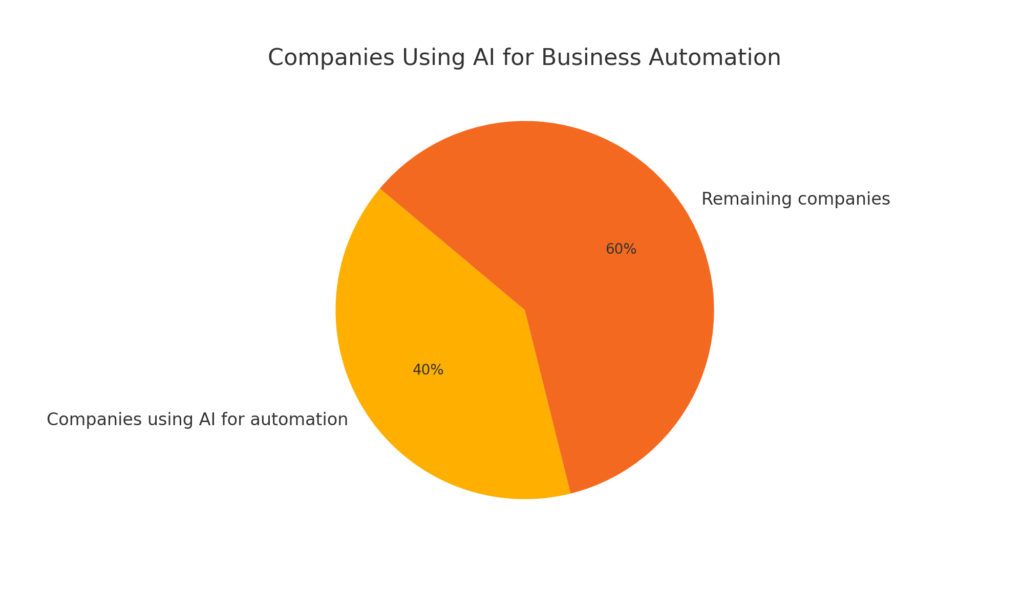
One of the most intriguing developments we’ve encountered is Agent as a Service (AaaS). This emerging model goes a step further than Software as a Service (SaaS) by offering AI agents that automate tasks, personalize user experiences, and even make independent decisions.
According to Gartner, 70% of enterprises are expected to leverage AI-driven automation by 2025 (Gartner, 2023). This raises the question: Is AaaS set to replace SaaS as the dominant tech model?
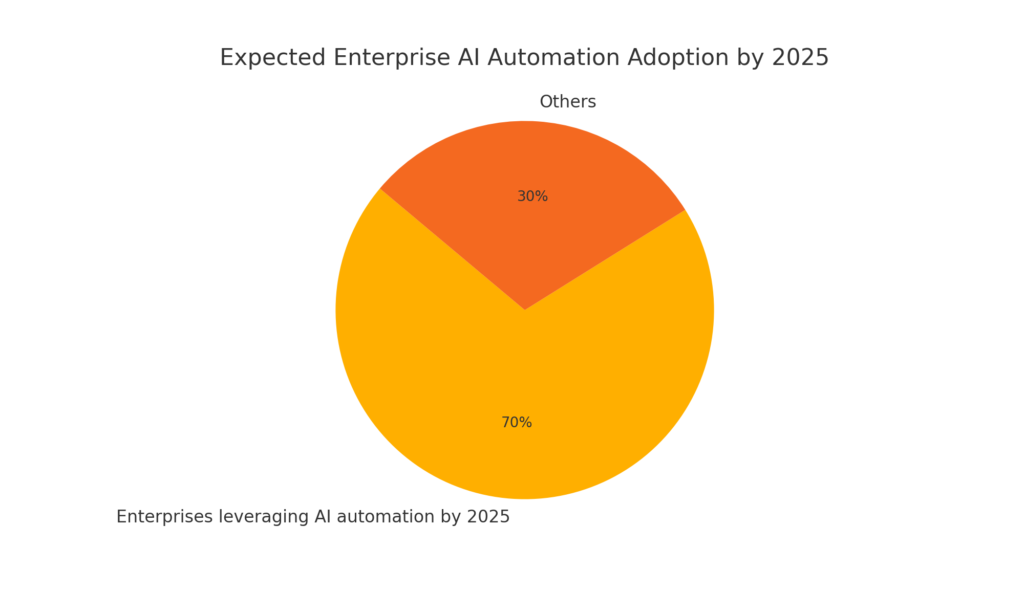
One of the most intriguing developments we’ve encountered is Agent as a Service (AaaS). This emerging model goes a step further than Software as a Service (SaaS) by offering AI agents that automate tasks, personalize user experiences, and even make independent decisions.
The same Gartner study found that 70% of enterprises are expected to leverage AI-driven automation by 2025 (Gartner, 2023). This raises the question: Is AaaS set to replace SaaS as the dominant tech model?
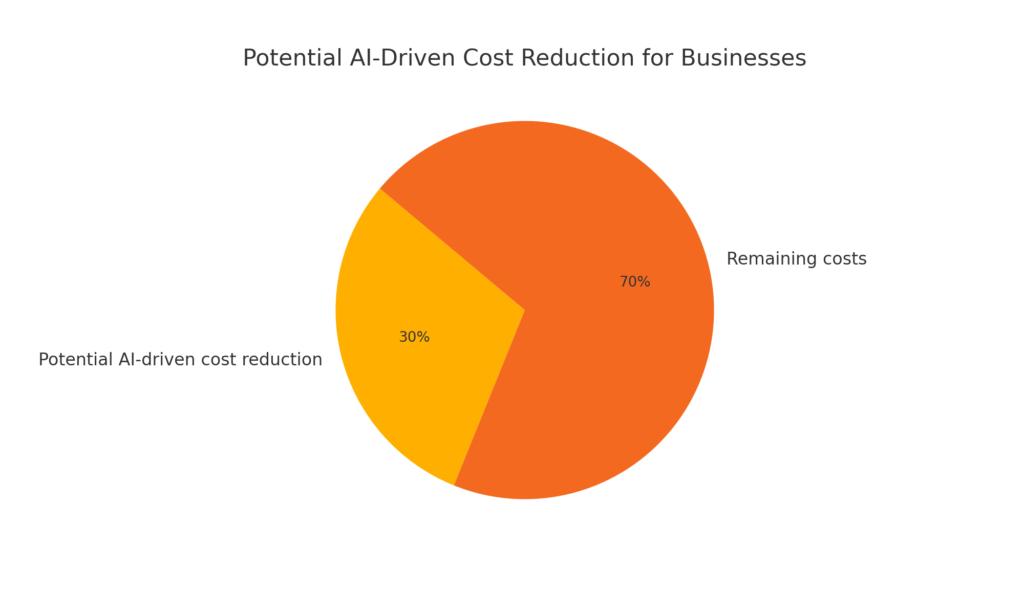
Before diving into whether AaaS is the new SaaS, let’s first explore what sets them apart. Imagine SaaS as a reliable minivan that helps you get from point A to B, but you’re still in control. AaaS, however, is more like a dynamic map which suggests roads, but also knows how your car is performing, recommending to take gas or check the brakes.
It doesn’t just help you get to your destination; it also anticipates your needs along the way. It makes adjustments to optimize the route and even suggests places to stop.
What Exactly Is AaaS?
AaaS combines autonomous AI agents with cloud-based delivery systems. At its core, it means creating and customizing AI agents with no code, low code or pro code tools. Unlike SaaS, which provides software for you to use, AaaS delivers AI agents that operate independently after a rigorous configuration phase.. These agents handle make decisions without requiring constant human oversight.
For example, rather than using a CRM tool where salespeople log their activities, an AaaS agent could track customer interactions, analyze trends, and automatically recommend personalized strategies for converting leads. According to Martin Treiber, an AI consultant, these agents work with reasoning engines, knowledge bases, memory systems, and planning modules. Think of them as digital assistants that never call in sick or take breaks.
Imagine your business runs a customer support team. With SaaS, you might use a chatbot tool to assist your agents. With AaaS, you could mix the chatbot with an AI agent that also learns from past interactions, predicts customer concerns, and escalates complex issues to a human supervisor when necessary.
Key Benefits of AaaS
1. Scalability
AI agents can handle tasks on a much larger scale than traditional SaaS. Need to process 1,000 customer requests per hour? No problem. AaaS agents thrive under pressure, working around the clock without tiring.
Oktana has observed businesses dramatically improve operational efficiency by automating repetitive tasks like data entry or customer inquiries. 62% of AI adopters report improved operational efficiency through automation, underscoring AaaS’s potential to streamline processes (Accenture, 2023).
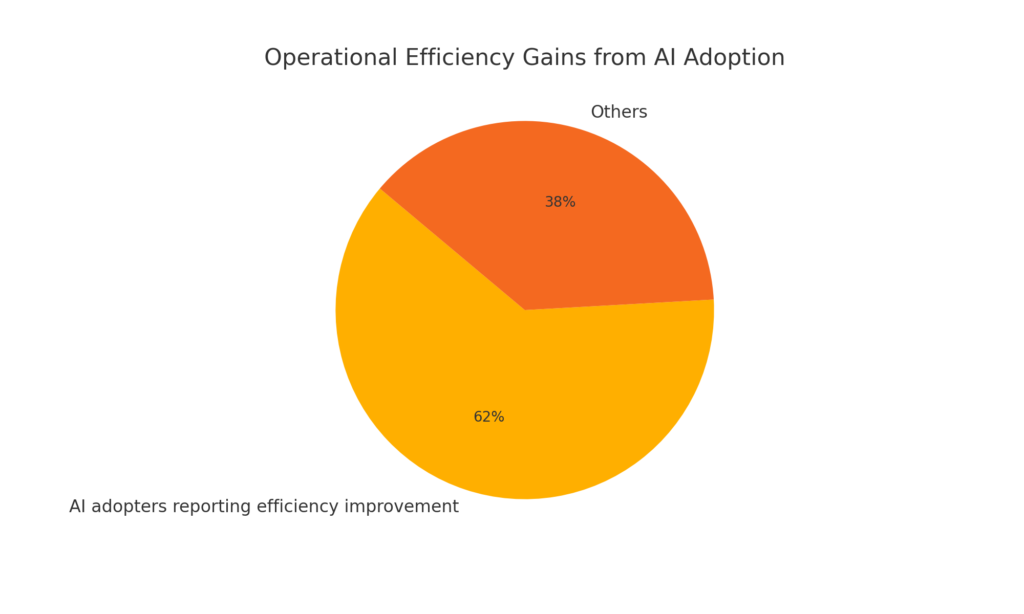
2. Personalization
While SaaS tools allow for some customization, AaaS agents take it to a whole new level. They adapt in real-time, offering recommendations or solutions tailored to individual users. In the healthcare industry, for example, an AI agent could track a patient’s medical history and recommend personalized treatment options.
As Treiber notes, AaaS delivers a “hyper-personalized experience” that evolves over time. 78% of consumers are more likely to return to a service that offers personalized recommendations, highlighting the growing demand for this level of customization (Epsilon, 2023).
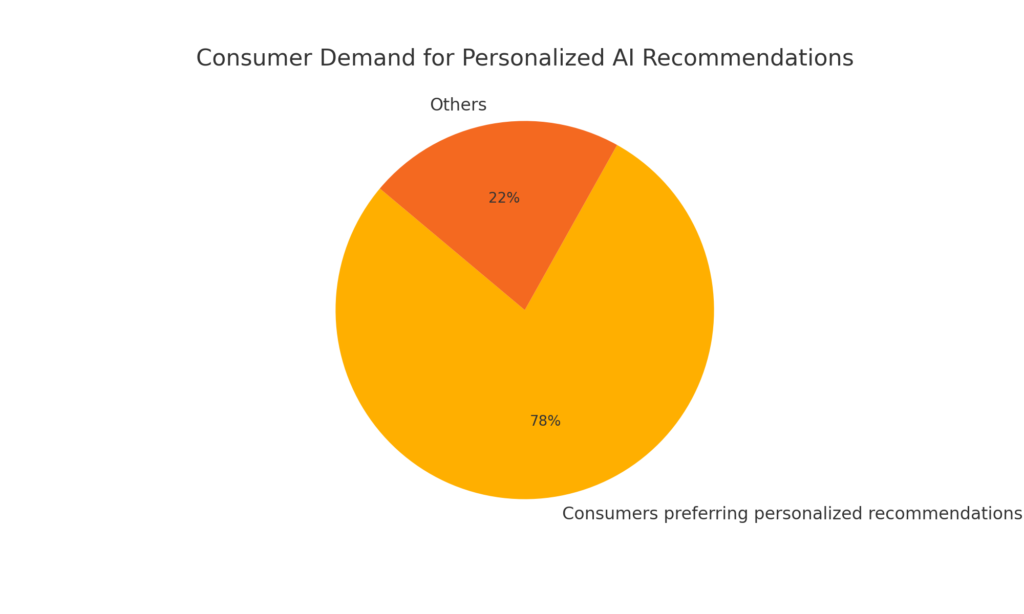
Cost Efficiency
AaaS offers the potential for outcome-based pricing models, which could be a game-changer.
Instead of paying a subscription fee for software access, businesses might pay based on measurable results, such as the number of successful transactions or leads generated by the agent.
Imagine paying your AI agent based on performance, not hours worked. In comparison, SaaS tools usually rely on flat or usage-based pricing, which often leads to rising costs. Deloitte found that businesses integrating AI into their operations can cut costs by 20% to 40% (Deloitte, 2023).
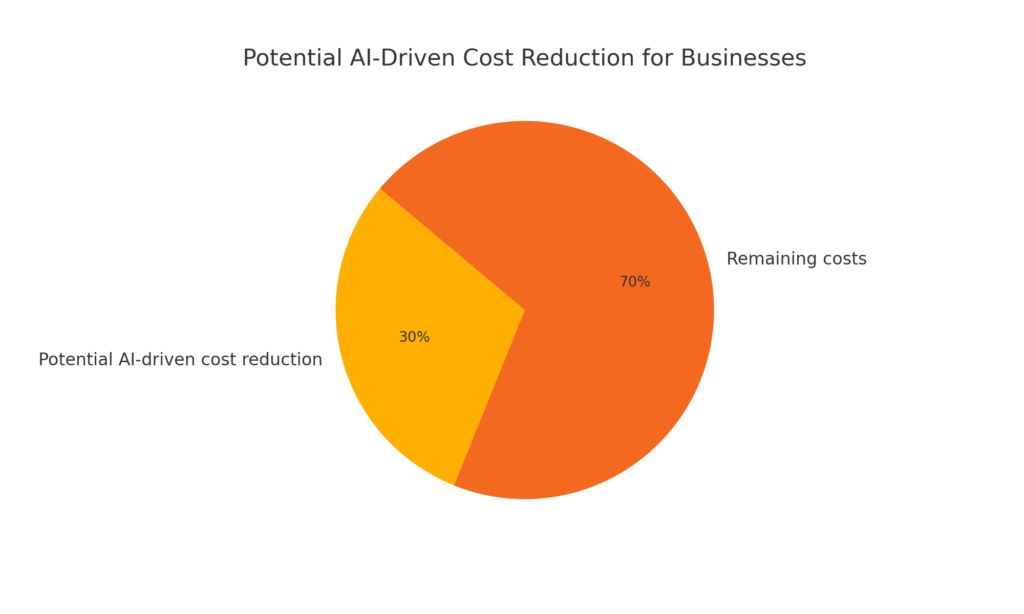
4. Continuous Improvement
Unlike traditional SaaS, which requires periodic updates, AaaS agents improve continuously. They learn from new data, adapt to user feedback, and refine their processes. It’s like hiring an employee who gets smarter every day—without asking for a raise.
By 2025, AI’s impact on businesses will contribute $15.7 trillion to the global economy, showing how critical ongoing AI innovation will be (PwC, 2023).
Is AaaS Really Ready to Replace SaaS?
While AaaS offers undeniable advantages, there are also challenges to consider. User adoption is one hurdle. Many businesses remain hesitant to trust AI agents with critical tasks, preferring the familiarity of traditional SaaS platforms. There’s also the learning curve—businesses need to understand how to implement and govern these autonomous systems effectively.
At Oktana, we’ve worked with clients across various industries, including finance and healthcare, and we’ve seen the cautious optimism surrounding AaaS. In the banking sector, for instance, AI agents could automate tasks like loan approvals or risk assessments.
However, many institutions still rely on SaaS solutions for customer management and reporting due to concerns about compliance and data security. 85% of business applications were expected to be SaaS-based by 2025, indicating that businesses are taking a gradual approach to adopting AaaS (Statista, 2023).
There’s also the ethical aspect to consider. AaaS agents, while autonomous, require robust guidelines to prevent issues like bias, misinformation, or data misuse. As Treiber humorously puts it, “Nobody wants an AI agent deciding that the best marketing strategy involves emailing your customers at 3 a.m.”
A Future Of Collaboration, Not Replacement
Rather than viewing AaaS as a replacement for SaaS, we see them coexisting for the foreseeable future. SaaS provides the foundation, while AaaS builds on it, offering advanced capabilities.
For example, a SaaS platform might store customer data and track sales metrics, while an AaaS agent analyzes that data, predicts trends, and sends actionable insights directly to your sales team.
Consider this analogy: SaaS is like a well-stocked kitchen that provides the tools you need to cook a great meal. AaaS is like hiring a personal chef who prepares the meal for you, learns your preferences, and cleans up afterward.
The Verdict: Is AaaS the New SaaS?
AaaS is undoubtedly a revolutionary step forward, but it’s not the end of SaaS—not yet. The adoption of AaaS will depend on businesses’ willingness to embrace change, invest in new technologies, and navigate the challenges of implementation. It’s a journey, not an overnight transformation.
At Oktana, we believe the rise of AaaS signals a broader trend toward more intelligent, autonomous systems that work alongside humans instead of replacing them. Businesses that explore AaaS today will be better prepared for the future, gaining a competitive edge in a world increasingly defined by AI.
So, is AaaS the new SaaS? Maybe, but the answer isn’t as simple as replacing one with the other. It’s more about expanding what’s possible and imagining a future where AI agents complement human creativity and decision-making. The one thing we can definitively affirm is that, since AaaS requires a considerably fewer amount of coding to deploy its working guidelines, its potential for adaptable customization will be substantially superior to traditional SaaS methodologies.
Or, as Treiber might say, “The future of software isn’t about tools. It’s about partners that help you do more than you ever thought possible.”
Talk to one of our experts to clarify any further doubs that might remain.
Sources:
- 40% of companies now leverage AI to automate at least one business process. (McKinsey, 2023)
McKinsey & Company. (2023). The State of AI in 2023. McKinsey & Company. https://www.mckinsey.com - 70% of enterprises are expected to leverage AI-driven automation by 2025. (Gartner, 2023)
Gartner. (2023). AI Adoption and Automation Trends. Gartner. https://www.gartner.com - 62% of AI adopters report improved operational efficiency through automation. (Accenture, 2023)
Accenture. (2023). AI and Automation: The Future of Work. Accenture. https://www.accenture.com - 78% of consumers are more likely to return to a service that offers personalized recommendations. (Epsilon, 2023)
Epsilon. (2023). The Power of Personalization in Consumer Engagement. Epsilon. https://www.epsilon.com - Businesses integrating AI in their operations can cut costs by 20% to 40%. (Deloitte, 2023)
Deloitte. (2023). AI: The Next Frontier for Cost Savings. Deloitte Insights. https://www.deloitte.com - By 2025, AI’s impact will contribute $15.7 trillion to the global economy. (PwC, 2023)
PwC. (2023). Global Artificial Intelligence Study: Exploiting the AI Revolution. PwC. https://www.pwc.com - 85% of business applications are expected to be SaaS-based by 2025. (Statista, 2023)
Statista. (2023). SaaS Adoption and Market Forecast. Statista. https://www.statista.com - 84% of businesses that have adopted AI in marketing report improved customer engagement. (Salesforce, 2023)
